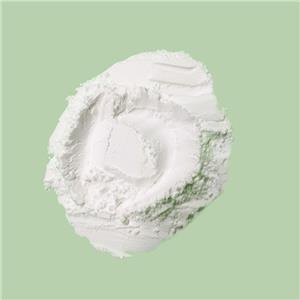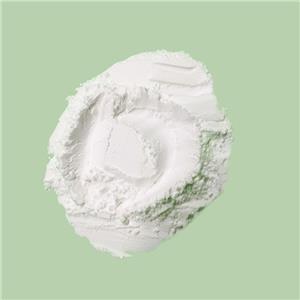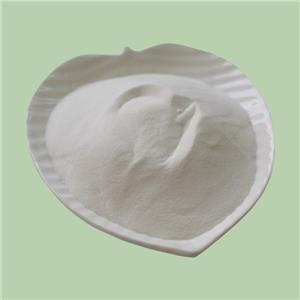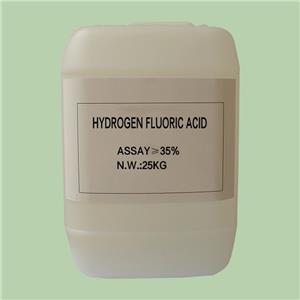Ammonium Fluorosilicate in Aluminum Passivation
Ammonium fluorosilicate, a compound enriched with ammonium and fluoride ions, plays a pivotal role in the passivation process of aluminum and its alloys. This article explores the principles governing its function, emphasizing how it creates a robust protective layer to safeguard against corrosion and enhance the durability of the metal.
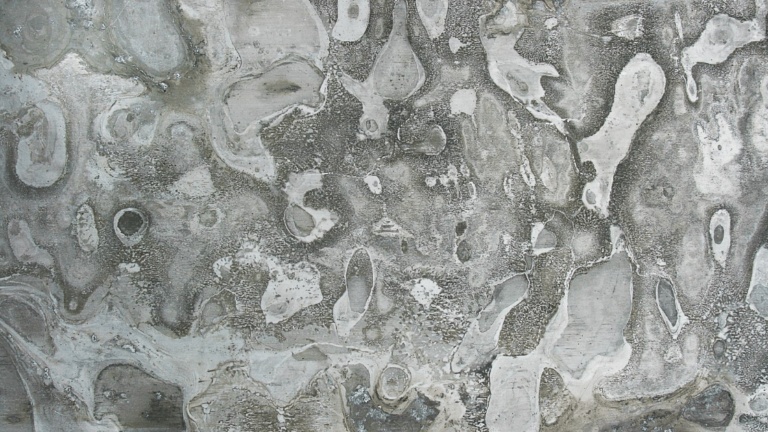
Ammonium fluorosilicate boasts a complex structure comprising ammonium, fluoride, silicon, and hydrogen ions. In an aqueous solution, this compound readily ionizes, becoming highly reactive. When applied to aluminum surfaces, it acts as a potent source of fluoride ions, instigating reactions with the metal's oxide layer to forge a resilient aluminum fluoride layer.
The passivation journey begins with meticulous surface cleaning, eliminating contaminants that might impede the process. Subsequently, an ammonium fluorosilicate solution is applied, initiating a reaction with the oxide layer and culminating in the formation of a protective aluminum fluoride layer. This layer surpasses the durability of the original aluminum oxide, offering superior defense against corrosion.
The underlying principles of ammonium fluorosilicate's role are rooted in the intricate chemical reactions involving its fluoride and silicon ions with aluminum. Fluoride ions, highly reactive and drawn to aluminum, forge a stable aluminum fluoride layer upon contact with the oxide layer. Simultaneously, silicon ions react with residual aluminum ions, contributing to the creation of a passivating silicon dioxide layer. Together, these layers fortify the metal, offering exceptional protection against further corrosion.
Maintaining an optimal pH is imperative during the use of ammonium fluorosilicate in the passivation process. This control ensures effective and safe reactions between the compound and the metal surface, avoiding any potential damage.
In conclusion, ammonium fluorosilicate stands as a critical agent in the passivation of aluminum and its alloys. Its ability to catalyze reactions with the aluminum oxide layer results in a durable protective coating of aluminum fluoride, elevating resistance against corrosion. Understanding the chemical interplay and ensuring proper pH control underscores the significance of ammonium fluorosilicate in enhancing the longevity and performance of aluminum.
- Fluoride Salt
- Ammonium Fluoride
- Sodium Fluoride
- Potassium Fluoride
- Sodium Hydrogenfluoride
- Potassium Bifluoride
- Magnesium Fluoride
- Aluminium Fluoride
- Barium Fluoride
- Lithium Fluoride
- Strontium Fluoride
- Nickel Fluoride
- Zinc Fluoride

